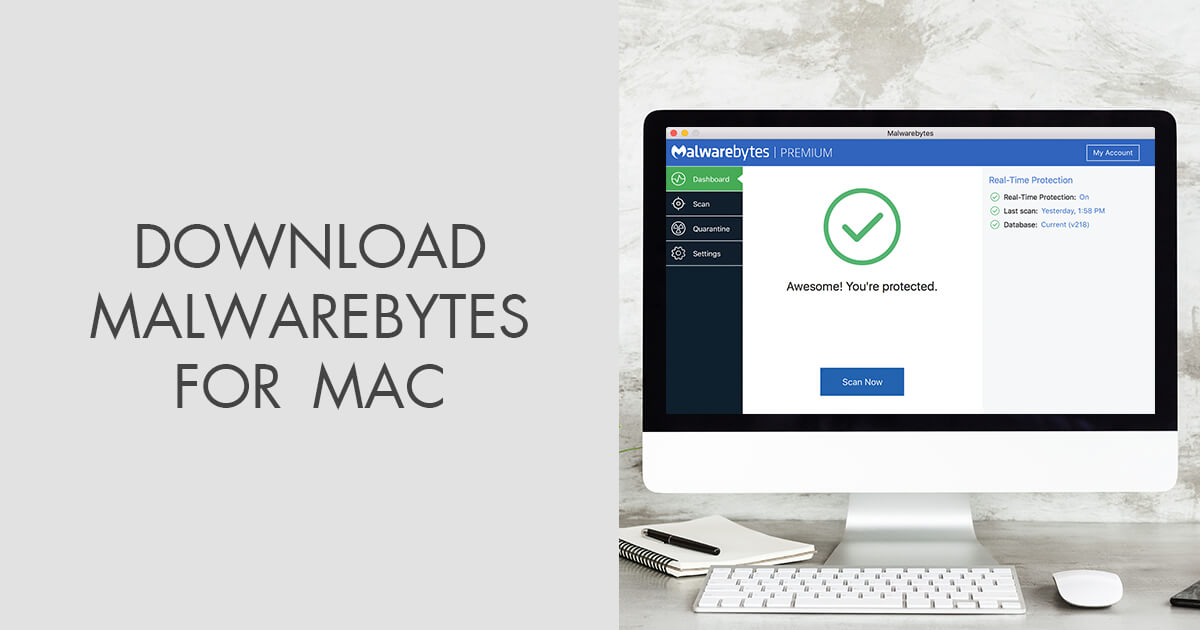

This sounds similar to Microsoft's exploit-blocking Enhanced Mitigation Experience Toolkit, or EMET. At the time, Bustamante - who co-founded ZeroVulnerabilityLabs - said, "It is not blacklisting, not whitelisting, and not sandboxing. ZeroVulnerabilityLabs introduced the technology in Anti-Exploit as ExploitShield two years ago. Worried about giving away the keys to kingdom, Bustamante wouldn't go into further detail on how Anti-Exploit works. It blocks attempts to bypass the operating-system level security, protects against exploits executing from the computer's memory, and halts payloads that can install malware. "It detects exploits because it looks at exploit-like behavior," Bustamante said. A screenshot from exploit expert Kafeine's report on his tests of Malwarebytes Anti-Exploit.


 0 kommentar(er)
0 kommentar(er)
